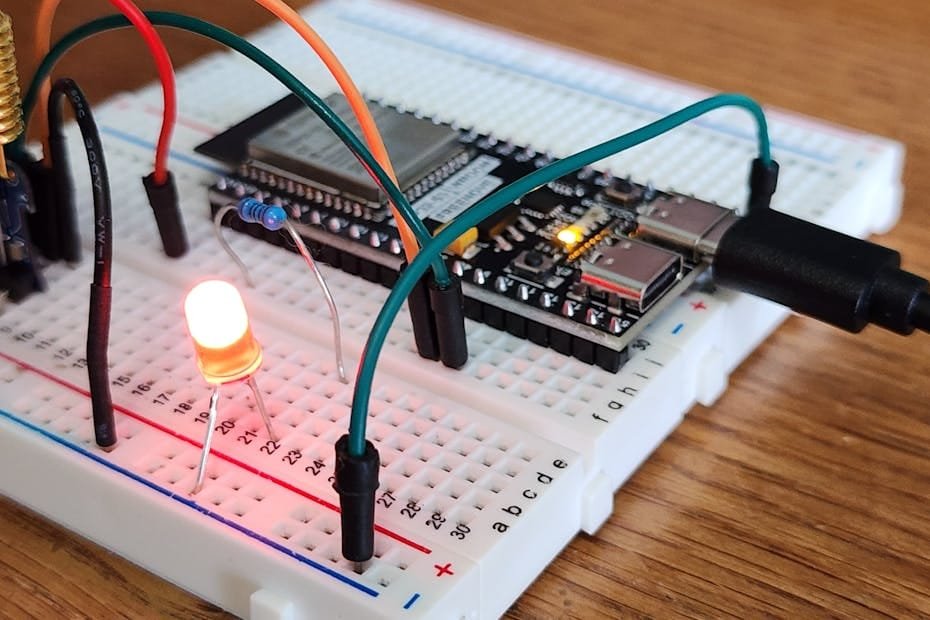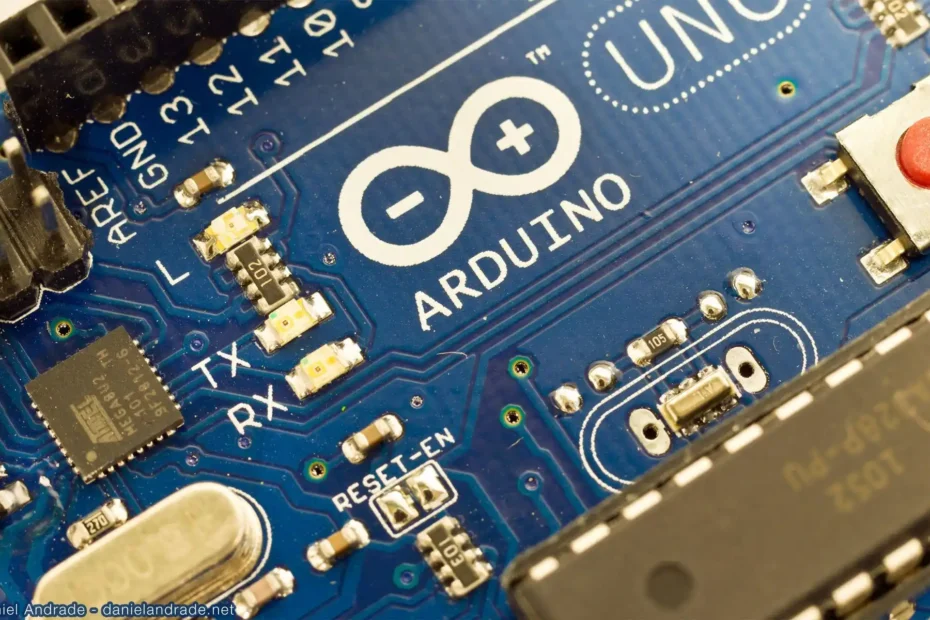Exploring the ESP8266 OLED HW-364A: A Versatile Microcontroller for IoT Projects
Introduction
The ESP8266 OLED HW-364A is a compact yet powerful development board that merges the Wi-Fi capabilities of the ESP8266 microcontroller with the convenience of an integrated OLED display. This combination makes it an excellent choice for IoT applications, sensor monitoring, and embedded systems, where real-time data visualization and wireless connectivity are crucial.
Unlike bare ESP8266 modules, this board comes with a pre-soldered SSD1306 OLED screen, eliminating the need for additional wiring when you need a simple user interface. Whether you’re building a smart home device, a portable sensor logger, or a Wi-Fi-enabled display, this microcontroller provides an accessible and efficient solution.
In this article, we’ll take a closer look at its key features, how to set it up, and some practical project ideas to inspire your next build.
Read More »Exploring the ESP8266 OLED HW-364A: A Versatile Microcontroller for IoT Projects






